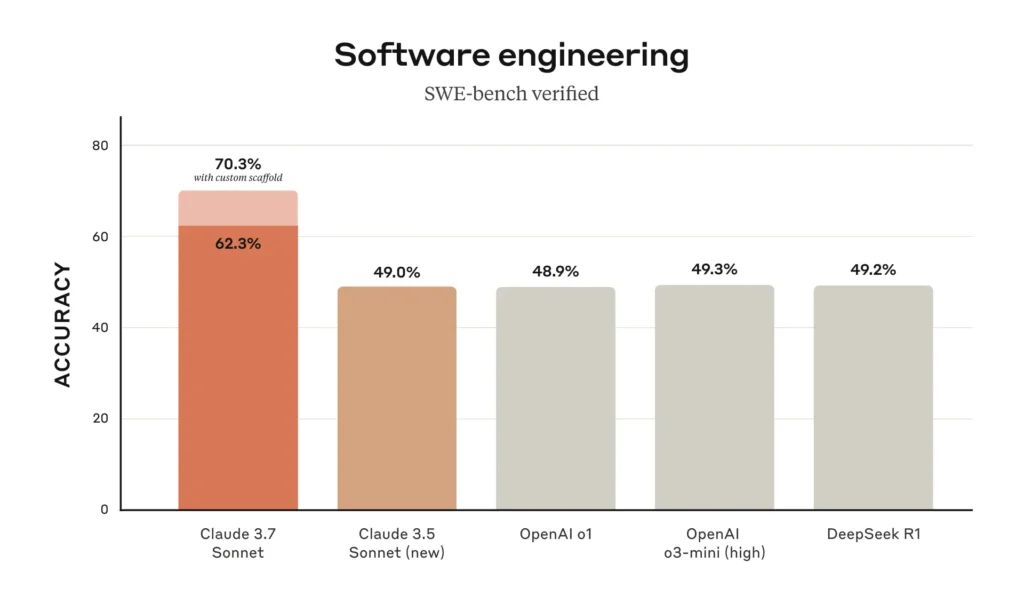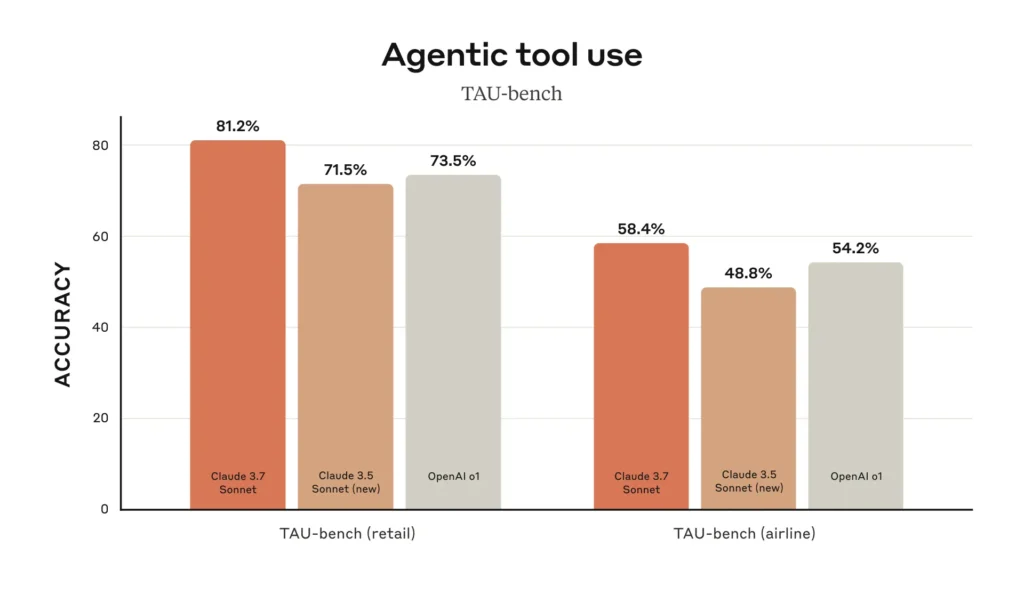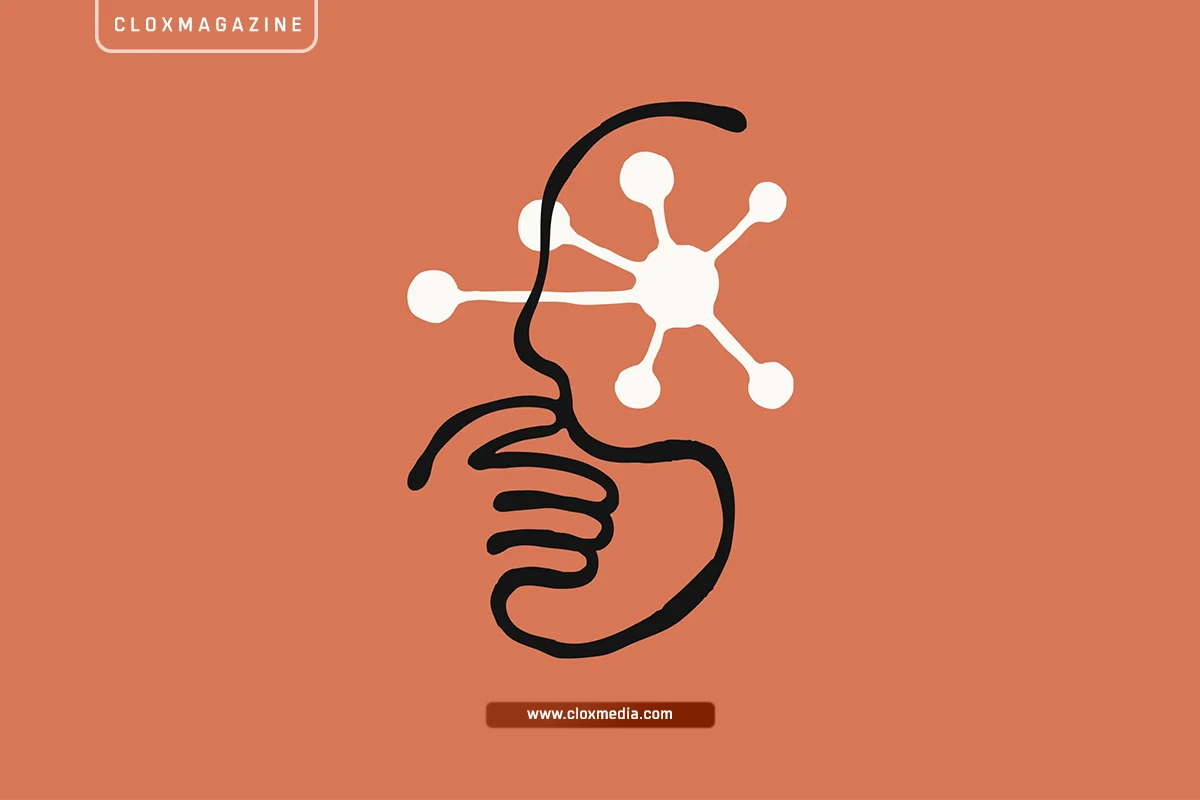Executive Summary
Is Claude 3.7 Sonnet the best AI model for Coding? Anthropic’s release of Claude 3.7 Sonnet alongside the new Claude Code tool represents a significant leap forward in AI-assisted development. In this in-depth review, CLOXLABS examines how this powerful combination challenges the status quo of subscription-based AI coding assistants while delivering superior performance across multiple benchmarks.
NOTE: This is an official Research Paper by “CLOXLABS“
Key Findings of this RESEARCH
- Claude 3.7 Sonnet outperforms its predecessor (3.5) and many competitors on coding benchmarks
- The free Claude Code tool rivals paid AI-powered IDEs for many use cases
- Exceptional output length capability (up to 128,000 tokens via API)
- Impressive first-pass success rate for complex application development
- Intuitive natural language interaction for both technical and non-technical users
All Ads on this website are served by GOOGLE
Claude 3.7 Sonnet: Setting New Benchmarks in Coding Performance
Claude 3.5 Sonnet was already considered the gold standard for code generation by many developers. The 3.7 version dramatically improves on this foundation, achieving impressive scores across critical benchmarks:
- Superior Benchmarks: With a custom scaffolding approach, Claude 3.7 Sonnet achieves a 70% score on the Software Engineering Bench—significantly higher than the 49.3% seen with alternatives like GPT-4o mini.
- Enhanced Tool Integration: The free Claude Code tool rivals subscription-based IDE assistants, streamlining error handling and automating entire development pipelines. For instance, in our personal finance tracker test, a single-shot prompt yielded a fully functional application complete with user authentication, expense tracking, data visualization, and AI-powered recommendations—all deployed in minutes.
- Massive Output Capacity: Whether via a web interface (20,000 tokens per response) or through API access (up to 128,000 tokens), Claude 3.7 Sonnet’s extended output capacity vastly improves workflow efficiency, enabling comprehensive applications to be generated in one go.

While models like Grok excel in specific areas such as visual reasoning and high school math competitions, Claude 3.7 Sonnet demonstrates more balanced performance across a wider range of tasks. This makes it particularly valuable for complex software development projects that require both technical accuracy and contextual understanding.
Claude Code: Free Agent-Like Development Assistant
Perhaps the most exciting aspect of this release is Claude Code, a free command-line tool that functions similarly to subscription-based AI coding assistants. Our testing at CLOXLABS revealed several key advantages:

- Seamless Integration: Simple installation and natural language interaction/
- Comprehensive Application Building: Creates entire applications from single prompts/
- Error Handling: Effectively addresses errors with minimal user input/
- Rapid Development: Drastically reduces development time for functional applications/
- No Subscription Required: Offers capabilities similar to paid alternatives at no cost/
All Ads on this website are served by GOOGLE
Extended Thinking and Transparency
A standout innovation in Claude 3.7 Sonnet is its Extended Thinking Mode. This feature allows the model to “think aloud,” generating a detailed chain-of-thought before finalizing its response. Such transparency provides users with greater insight into the model’s reasoning process, fostering enhanced trust and enabling more effective prompt engineering. According to the system card, this mode is designed to address complex multi-step problems by allocating additional tokens for reasoning—though it also highlights that chain-of-thought outputs may not capture every nuance of internal processing
Practical Application: Personal Finance Tracker Test
To evaluate real-world performance, CLOXLABS tested Claude 3.7 Sonnet with Claude Code by building a personal finance tracker application. The results were impressive:
1. From a simple one-shot prompt, Claude generated a complete application including:
- User authentication system
- Expense tracking and categorization
- Data visualization
- AI-powered savings recommendations
2. Using Claude Code, we deployed the application with minimal effort:
- Automatic file structure creation
- Error correction without manual debugging
- UI improvements through simple natural language requests
3. The entire process took minutes rather than hours, with Claude handling:
- Database setup
- Frontend implementation
- Authentication logic
- Data visualization
Compared to competitors like GPT-4o and Grok, which provided step-by-step instructions requiring significant manual implementation, Claude’s end-to-end solution was remarkably efficient.
Output Capabilities: Breaking Barriers
One of Claude 3.7 Sonnet’s most impressive features is its output capacity:
- Web Interface: Approximately 20,000 tokens (110,000 characters) per response
- API Access: Up to 128,000 tokens in a single output
- Continuity: Ability to continue generating after reaching initial limits
For context, competing models like GPT-4o and Grok typically manage 6,000-7,000 characters per response. This expanded output capacity allows Claude to generate comprehensive applications in single interactions, significantly improving workflow efficiency.
Who Should Consider Claude 3.7 Sonnet and Claude Code?
Based on CLOXLABS’ analysis, these tools are particularly valuable for:
- Solo Developers: Rapid prototyping and development without subscription costs
- Non-Technical Users: Building functional applications with minimal coding knowledge
- Small Teams: Accelerating development workflows and reducing technical debt
- Enterprises: Exploring AI integration before committing to paid solutions
All Ads on this website are served by GOOGLE
Limitations to Consider
While our testing revealed impressive capabilities, potential users should note:
- Claude Code is currently in research preview
- Some complex integrations may require additional configuration
- API implementation for certain features needs manual setup
- Advanced customization still benefits from developer expertise
CLOXLABS’ Verdict
Claude 3.7 Sonnet combined with Claude Code represents a significant advancement in AI-assisted development. The combination offers capabilities previously available only through subscription services, now accessible to a broader audience at no cost.
For developers already using Claude 3.5 Sonnet, upgrading to 3.7 is highly recommended. For those new to AI-assisted development, Claude Code provides an excellent entry point without financial commitment.
Overall Rating: 9.5/10
CLOXLABS is particularly impressed by how these tools democratize application development, making sophisticated capabilities accessible to users with varying technical backgrounds.
Summation
As AI-assisted development continues to evolve, Anthropic’s approach with Claude 3.7 Sonnet and Claude Code suggests a future where the gap between idea and implementation continues to narrow. The combination of improved performance and free access to powerful development tools may significantly reshape how applications are built going forward.
CLOXNETWORK
AI & MEDIA INTEGRATED DIGITAL AGENCY
This comprehensive review was conducted by CLOXLABS, leveraging our expertise in AI technologies and development practices. For more insights on cutting-edge AI tools and their practical applications, visit our website.
All Ads on this website are served by GOOGLE








